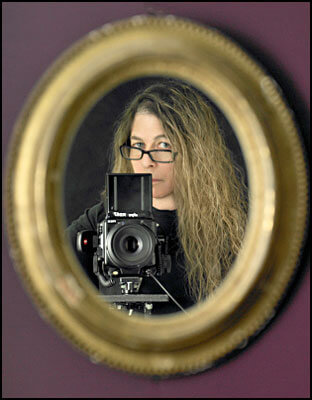A self-taught, late bloomer, after spending years as a stylist and art director, the only way to truly realize her vision was to get behind the camera. She has since been shooting commercially for advertising and editorial clients while pursuing personal projects. Her work has been recognized by PX3, IPA, Foto Dc, Flash Forward Boston, Critical Mass, British Journal of Photography, Photo News as well as the permanent collection of Santa Barbara Museum of Art and Museum of Fine Art Houston.
Artist Statement: Inspired by Flemish painting, "Historical Correction" reinterprets these old masters from a more contemporary point of view. Our world and cultures are changing so quickly we are witnessing the collision of past and present. When you look at paintings from periods of art and history, the depiction of the population is defined and specific. As populations shift, our world has become so diverse that different cultures are visually harder to define. Although my photographs are "invented realities", they are about real issues. Populations shift, gender and race are redefined, past definitions are challenged, and the faces of cultures and customs change. My works depicts those changes.
